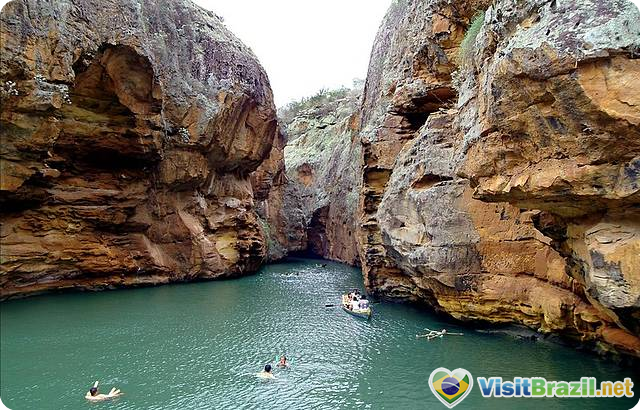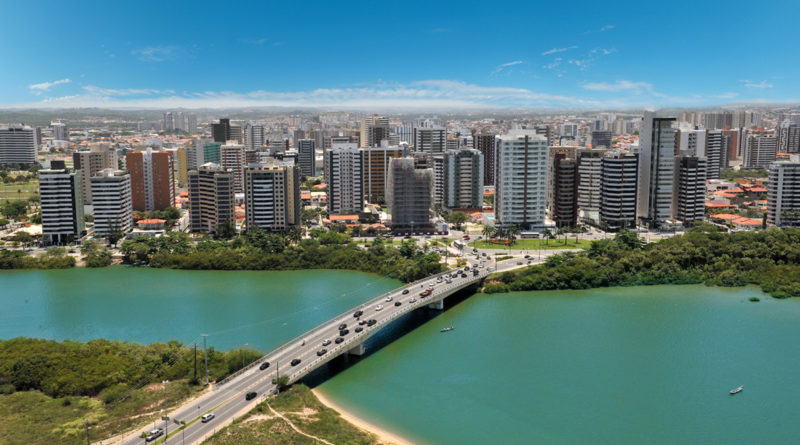Aracaju
Aracaju sits right on the nose tip of the Brazilian eastern seaboard, perched nicely on the seaside stretches of the Sergipe. Generally speaking it is a town that has avoided much of South America’s tourist boom, and remains a local favourite, particularly on public holidays and during the high-season when Brazilian professionals and families flock to the region to enjoy the relatively uncrowded beaches and pleasant post-colonial town square.

For tourists this one has long been a convenient stop off destination, and a great base from which to launch further adventures into Bahia that borders the region to the south and west. But, with over 500,000 inhabitants now living in the greater Aracaju metropolitan area, this is a city undeniably pumping with energy and action, a veritable and worthy destination in its own right, that oozes a local charm that can often be difficult to find in the major super-cities of the Brazilian travel circuit.
Aracaju was one of the first so called ‘satellite cities’ to be established in the Sergipe region. Unashamedly planned and outlined from the get go, there is nothing organic about this town; it’s central district is a maze of square-cut streets and business rises, all punctuated by the clean façades of state buildings and educational institutes that form the throbbing cultural heart of this small but important region.

One of Aracaju’s biggest pulls for both tourists and locals are the long stretches of sandy beaches that can be easily accessed from the centre of town. These wind their way southward from the city, carving out the very tip of Brazil into the south Atlantic, and marking the ground with brilliant strips of gold that glisten in the sun.
Just five kilometres south of the centre, and easy to reach by car, bike and public bus, the beach at Atalaia is a local favourite. Here, there is a wide variety of hotels and some cheaper accommodation for those hoping to stay out of the city fray, while the restaurants that form clusters around the back of the beach offer local seafood delicacies cooked in a traditional way.
If you’re after something a little quieter, it’s possible to venture a little further afield and visit some of the other beaches in and around the city. Be prepared for something a little less built up though, and something a little harder to access too.
At the centre of town, the seaside promenade is often loaded with traffic from morning to night. However, it’s still a great place to get a feel for the day to day energy of this place and you can sit with a coffee while local Brazilians toot their way to work through the sea of scorching cars.
Also in town, the Aracaju Aquarium is home to a wide variety of marine live that’s both indigenous to Brazil’s western Atlantic Coast and sourced from a number of more exotic destinations. One of the major attractions here is the shark feeding that takes every day, at half four in the afternoon. The town is also home to a number of museums, form the Aracaju Anthropology Museum that deals with the historical features of the region’s human past, to the Handcrafts Museum in central downtown, where a number of traditional pieces of arts and crafts are exhibited.

If you’re looking to make a day trip out of town, a number of local tour operators run trips to the magnificent Xingo Canyon. The site is one that excites a certain dark curiosity in the minds of locals, and was where some of Sergipe’s infamous outlaw gangs once made their base. It’s nestled deep in the heart of the province’s extensive savannah plains, where cacti protrude from the dusty rocks and spindly trees claw their way out from the arid ground. It’s possible to swim in the cool waters, and visitors shouldn’t leave without catching a glimpse of the wide Sao Francisco River that is situated very nearby.
For access from the air, domestic flights from both Sao Paulo and Rio de Janeiro are available into the Santa Maria Airport (which also runs some international connections abroad). The airport is pretty well connected to the town centre by bus connections, while for access to the Atalaia beachfront that is just less than 4 kilometres away; visitors can take regular shuttles from the arrivals terminal.

